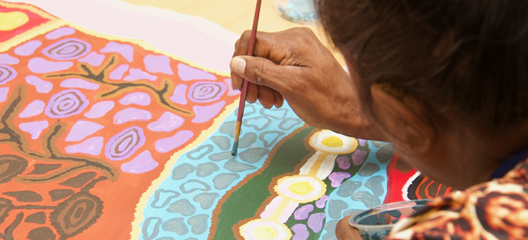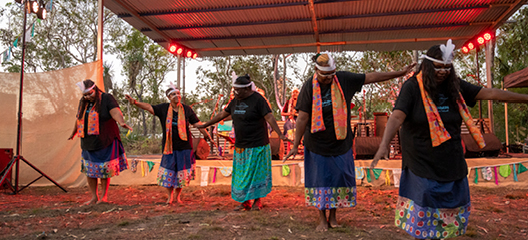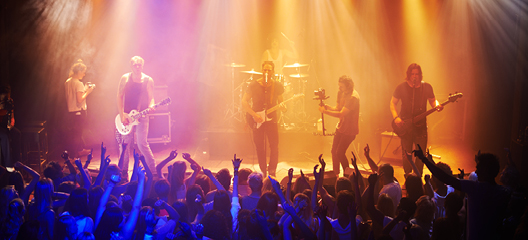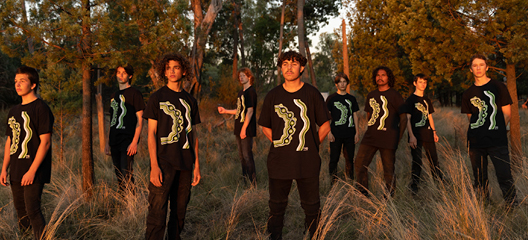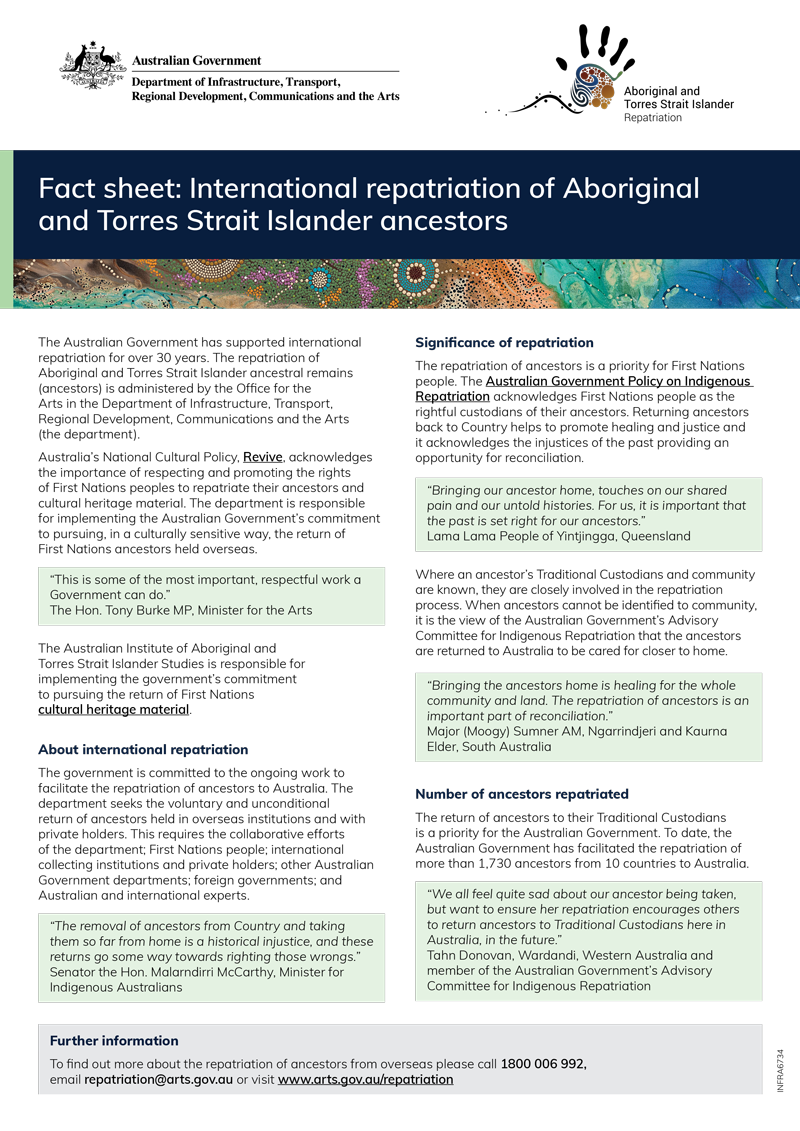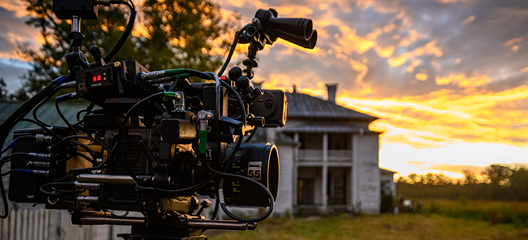- Home
- Who we are
-
What we do
- Cultural heritage
- Regional arts
-
Arts and Disability
- Arts Accessibility
- Arts and Screen Employment Pathways Pilot Program
- Equity: the Arts and Disability Associated Plan
- Implementation Advisory Group for Equity: the Arts and Disability Associated Plan
- Implementation Advisory Group for Equity—Expression of Interest process
- Publications and resources
- Helpful links
- Support at work
- Creative Australia
-
Indigenous arts and languages
- Australian Delegation to the Festival of Pacific Arts 2016
- Australian Government Action Plan for the 2019 International Year of Indigenous Languages
- ILA Program logos
- Indigenous Languages and Arts program
- Indigenous Visual Arts Industry Support program
- International Decade of Indigenous Languages
- National Indigenous Languages Convention
- Review of the Indigenous Art Code
- Stand-alone Indigenous Cultural and Intellectual Property Legislation
- Literature
- Ministerial Intergovernmental Engagement
-
Museums, libraries and galleries
- Alt text for National Cultural Institution Key Performance Indicator Infographics 2021–22—results and trends
- Australian Government International Exhibitions Insurance Program
- Impact of our National Cultural Institutions
- National Cultural Institution KPI Infographics 2020–21—results and trends (including text version)
- Significance 2.0
- The National Collecting Institutions Touring and Outreach program
- National Cultural Policy
- National Indigenous Visual Arts Action Plan 2021–25
- Performing arts
- Screen
- Visual arts
- Have your say
- Funding
- Publications
- News
Ngarabul and Torres Strait Islander artist Lauren Rogers talks about the inappropriate use of First Nations artwork and its cost to culture.

Lauren Rogers is a contemporary Indigenous artist with Ngarabul and Torres Strait Islander roots. A self-taught artist, Lauren’s vibrant work can be seen displayed in homes across Australia.
Lauren draws inspiration for her artwork from Country, community and culture. Her work incorporates symbolic elements and motifs that reflect her cultural identity.
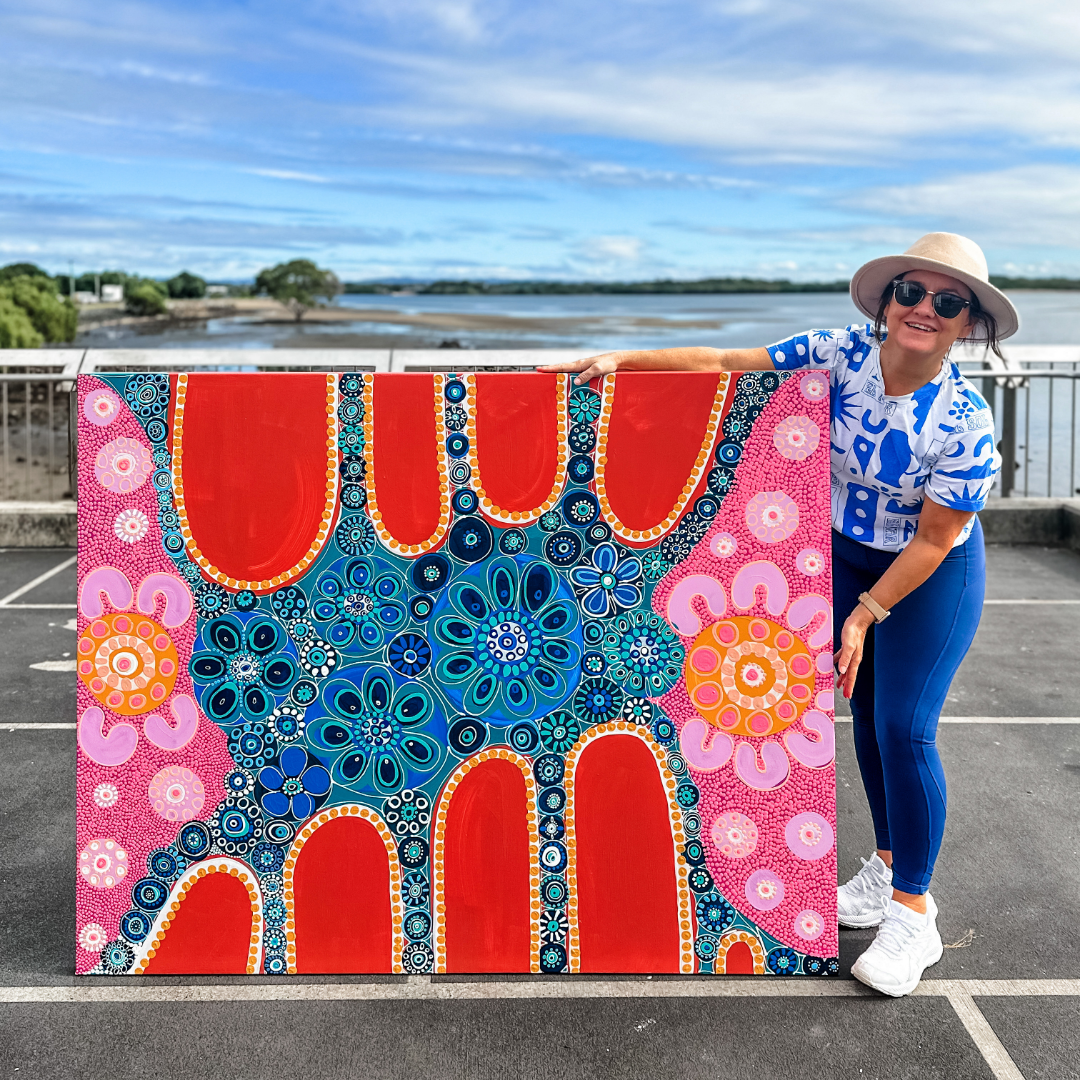 Hinterland, 2024, Lauren Rogers. Used with permission.
Hinterland, 2024, Lauren Rogers. Used with permission.
These symbols are deeply connected to my heritage and my relationship with Country, family, and the environment. They hold personal significance and are used to convey stories and teachings passed down through generations,’ Lauren explains.
With Lauren’s use of vibrant colours and intricate patterns, it’s no wonder her artwork is coveted by buyers at the higher-end of the market, while brand collaborations with the likes of Australia Post and others mean her designs also feature on more accessible pieces like water bottles, bags and enamel pins.
As Lauren’s art has gained popularity, she’s experienced times when elements of her style and symbolic motifs have been reproduced without her consent.
‘This has been disheartening, as it undermines the cultural significance and personal connection I have to my work. It also disrespects the traditions and intellectual property of Indigenous artists, leading to misrepresentation and a lack of cultural understanding.’
Inauthentic Indigenous-style products are a pervasive issue. A 2022 report by the Productivity Commission found that up to 75% of Indigenous-style consumer products in the market are non-Indigenous authored.
For Lauren, the highest cost is to culture.
‘Misappropriation or misuse of our art harms the broader community by disconnecting people from the deep cultural meanings and stories behind the artwork.’
So how can you tell if a product you’re buying with a First Nations design is authentic? The easiest thing to do is check it includes information about the artist and the artwork.
 Lauren Rogers’ artwork is shown on a QBD Books canvas bag.
Authentication label that reads: ‘Australian Indigenous Artist with ancestral bloodlines to Ngarabal Nation, Lauren loves to use bright colours that show extreme contrast and capture the imagination.’
Lauren Rogers’ artwork is shown on a QBD Books canvas bag.
Authentication label that reads: ‘Australian Indigenous Artist with ancestral bloodlines to Ngarabal Nation, Lauren loves to use bright colours that show extreme contrast and capture the imagination.’
We’re working on new laws to protect Indigenous Cultural and Intellectual Property, including to address the harm caused by fake art, merchandise and souvenirs. Watch our video series with First Nations artists and industry workers talking about the effect fake art has had on them and their communities.
Find out more about what we’re doing to protect Indigenous Cultural and Intellectual Property rights.
Find out more
- Visit Lauren’s website
- Watch our videos
Funding programs
Latest news
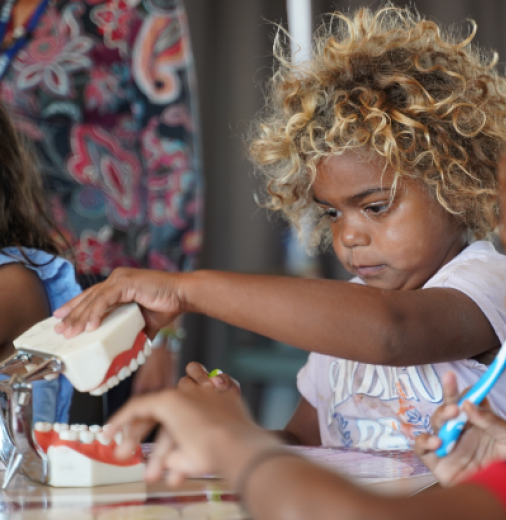
Language is key in delivering healthy teeth practices
A pilot project teaching dental health practices to First Nations children in language has shown to improve oral health speech and literacy.
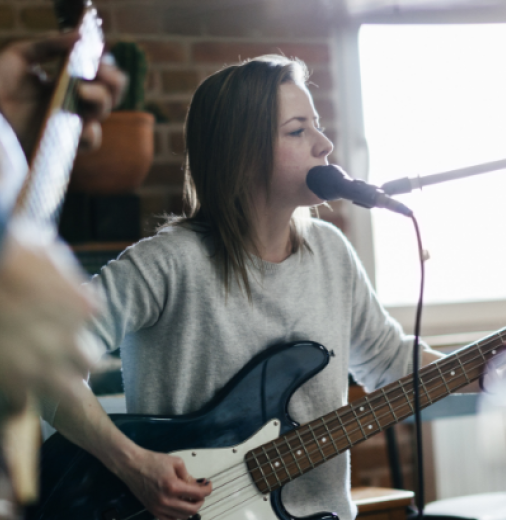
New research sheds light on creative workplaces
New research has investigated how Australia’s creative workforce and economy can best be supported to thrive and create lifelong careers in the arts sector.
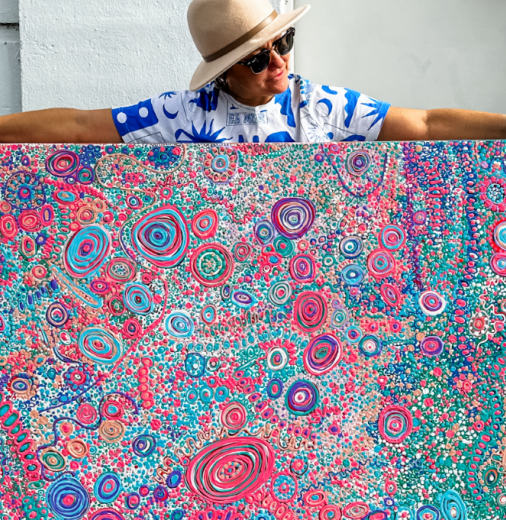
Artist profile: Lauren Rogers on fake art’s cost to culture
Ngarabul and Torres Strait Islander artist Lauren Rogers talks about the inappropriate use of First Nations artwork and its cost to culture.
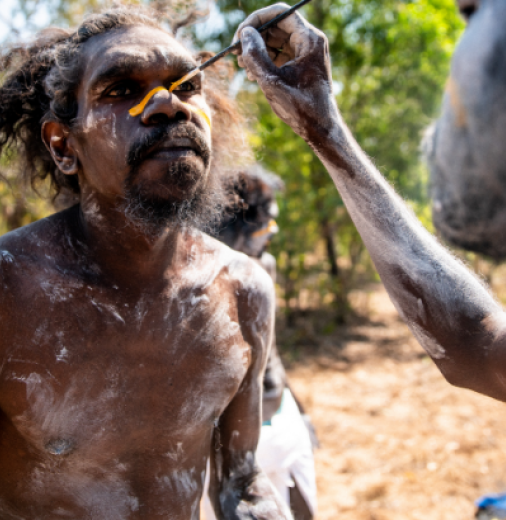
Support for Indigenous languages and arts activities
First Nations community organisations that run language and arts activities will share in $30 million through the Indigenous Languages and Arts (ILA) program.
Have your say

Arts and Screen Employment Pathways Pilot Program
We invited feedback on the development of the new Arts and Screen Employment Pathways Pilot Program to support d/Deaf and disabled artists and arts workers. This consultation is closed.

Review of the Indigenous Art Code
A review of the Indigenous Art Code is underway to strengthen the protections for Indigenous artists and consumers across the country. This consultation is closed.
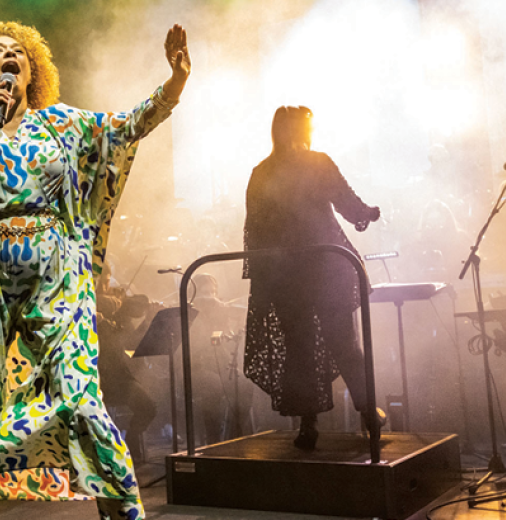
Revive: a place for every story, a story for every place
We developed a national cultural policy for the next 5 years following extensive consultation.
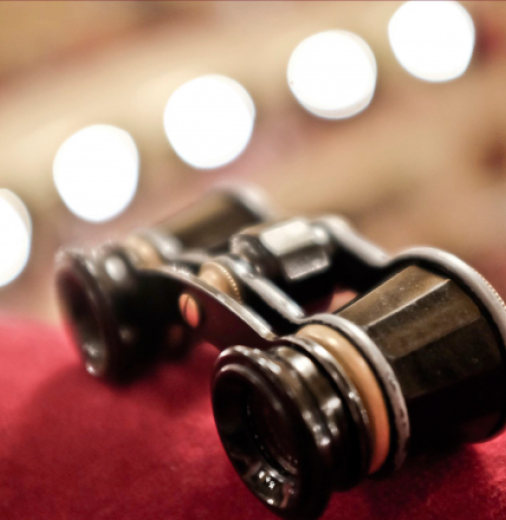
National Opera Review
The Australian Government has released a full response to the recommendations of the National Opera Review final report, which examined the artistic vibrancy, financial viability and accessibility of Australia’s major opera companies.
Latest consultations

Review of the Indigenous Art Code
A review of the Indigenous Art Code is underway to strengthen the protections for Indigenous artists and consumers across the country. This consultation is closed.
Funding programs
What's new
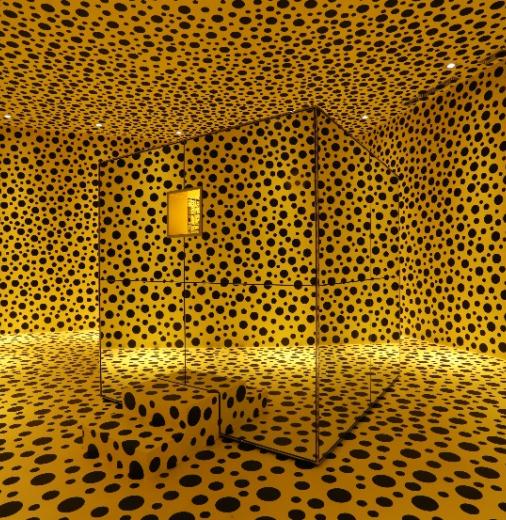
More nationally significant artworks reach regional Australia
Five eastern Australian galleries will be loaned pieces from the national collection to share with regional and suburban communities.

Australian cultural organisations receive performance grants
Newly awarded grants set to put Australian artists on the world stage
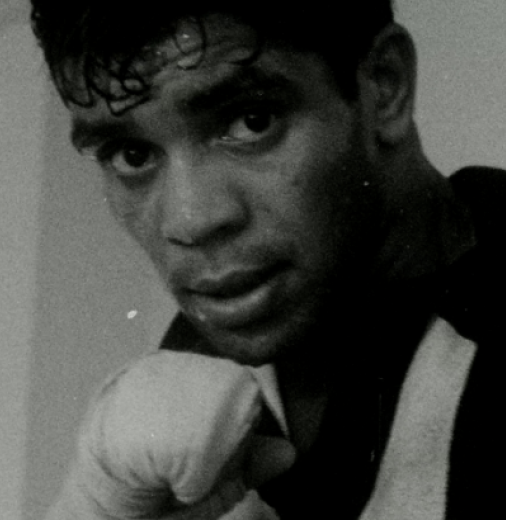
Exhibitions from national collecting institutions to tour
$1 million from the National Collecting Institutions Touring and Outreach Program will support new exhibitions to hit the road.

New data released on the value of Australia’s cultural and creative sector
Updated estimates of cultural and creative activity in Australia 2014-15 to 2023-24 have been released.
Support programs
Displaying 21 - 30 of 228

Language is key in delivering healthy teeth practices
A pilot project teaching dental health practices to First Nations children in language has shown to improve oral health speech and literacy.
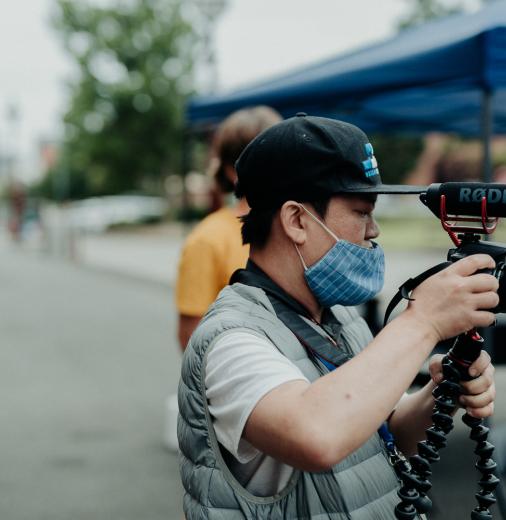
Support the rollout of Equity: the Arts and Disability Associated Plan
Expressions of Interest are now open to join the Implementation Advisory Group for Equity.
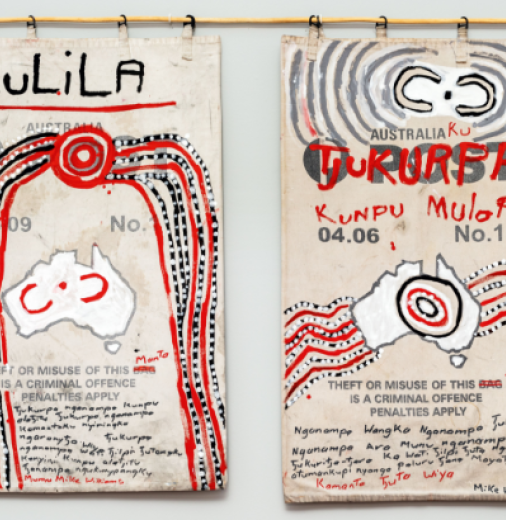
New touring exhibitions telling stories of Country
Round 20 of the Visions of Australia program is delivering $1.4 million towards 5 new touring exhibitions.
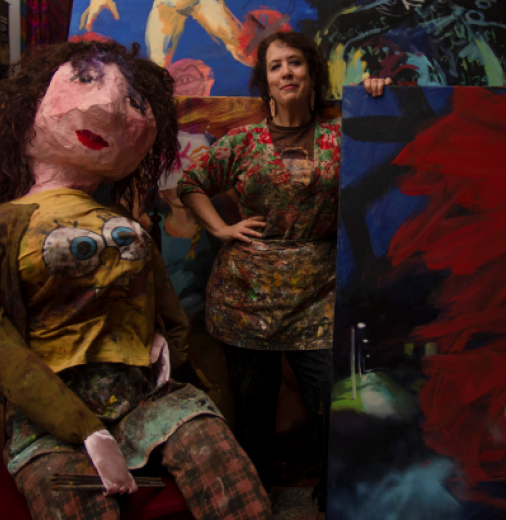
Resale Royalty expands for Australian artists
Australian artists are set to benefit when their works are resold overseas, with international reciprocity being extended to a further 9 countries.

New research sheds light on creative workplaces
New research has investigated how Australia’s creative workforce and economy can best be supported to thrive and create lifelong careers in the arts sector.

Follow our new Instagram channel @AusGovArts
We've launched our Office for the Arts Instagram channel to bring you the latest news and updates about Australian arts and culture.

Artist profile: Lauren Rogers on fake art’s cost to culture
Ngarabul and Torres Strait Islander artist Lauren Rogers talks about the inappropriate use of First Nations artwork and its cost to culture.

Support for Indigenous languages and arts activities
First Nations community organisations that run language and arts activities will share in $30 million through the Indigenous Languages and Arts (ILA) program.
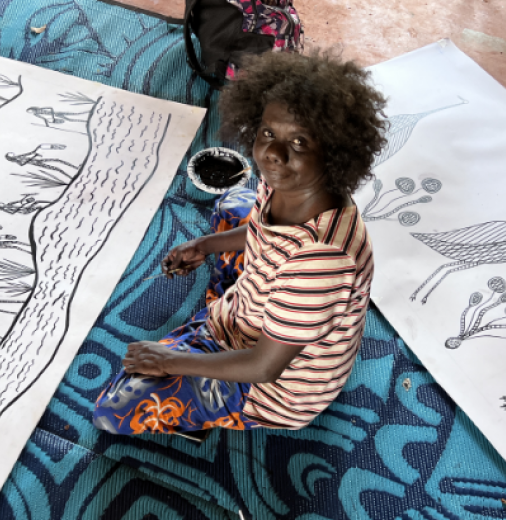
Support for First Nations artists
First Nations-owned art centres, fairs, regional hubs and industry service organisations will share in $38 million through the Indigenous Visual Arts Industry Support (IVAIS) program.

Holey Dollar returned to Poland
A 200-year-old silver coin has been returned to the Government of Poland.
Support programs
Funding programs
No results found.
Displaying 25 - 36 of 359
Support programs
Sign up
Sign up for news and updates from our agency.
Sign up to ART/works
Displaying 21 - 30 of 807
Australian Government response to the House of Representatives Standing Committee on Indigenous Affairs—Report on the impact of inauthentic art and craft in the style of First Nations peoples
Published: 11 Sep 2020 Aboriginal and Torres Strait Islander cultures are diverse and dynamic. They are essential to the wellbeing and identity of Aboriginal and Torres Strait Islander peoples, as well as being a vital part of Australia’s identity. …
PublicationPublic Lending Right Committee Annual report 2012-13 Public Lending Right Committee Annual report 2012-13
Published: 1 Dec 2016 Public Lending Right Committee Annual report 2012-13 (DOCX, 493.77 KB) Public Lending Right Committee Annual report 2012-13 (PDF, 1 MB) … 267 … 268 … 13 … Public Lending Right Committee Annual report 2012-13 Public Lending Right …
PublicationPost, Digital and Visual Effects (PDV) offset glossary
Published: 4 Apr 2025 This Glossary is a combination of terminology and a general description of what is, and is not, considered qualifying Australian Production Expenditure (QAPE) for the Post, Digital and Visual Effects (PDV) Offset. Post, Digital and …
Publication2019–2020 funding recipients—Indigenous Visual Arts Industry Support (IVAIS) Program
Published: 26 Aug 2020 2019—2020 funding recipients for the Indigenous Visual Arts Industry Support (IVAIS) Program. indigenous-visual-arts-industry-support-ivais-program-2019-20-funding.docx (DOCX, 165.13 KB) …
PublicationNational Indigenous Languages Report document
Published: 16 Aug 2020 The National Indigenous Languages Report is a key element of the Australian Government’s ongoing commitment to maintain, preserve and celebrate Aboriginal and Torres Strait Islander languages. The entire report in PDF format is very …
PublicationAustralian International Co-Production Program guidelines
Published: 7 Sep 2016 Guidelines for entering into audiovisual co-production arrangements. The Government’s guidelines are used to assess the feasibility of audiovisual co-production arrangements with potential partner countries. …
PublicationCommunity grants—national recipients list, round 1, 2020
Published: 9 Jul 2020 Community grants—national recipients list, round 1, 2020—July 2020. community-grants-national-recipients-list-round1-2020.docx (DOCX, 118.58 KB) community-grants-national-recipients-list-round1-2020.pdf (PDF, 409.2 KB) … 286 … 287 … …
PublicationFestivals Australia grant recipients—National summary of projects—Round 10 February 2020
Published: 6 Jul 2020 List of national summary of projects for Round 10, February 2020. national-summary-of-projects-round10-february2020.docx (DOCX, 164.2 KB) national-summary-of-projects-round10-february2020.pdf (PDF, 283.35 KB) … 291 … 292 … 293 … 3 … …
PublicationNational Regional Arts Fellowships 2020: Recipients List
Published: 16 Jun 2020 Recipients list for 2020 National Regional Arts Fellowships. national-regional-arts-fellowships-2020-recipients-list.docx (DOCX, 148.71 KB) national-regional-arts-fellowships-2020-recipients-list.pdf (PDF, 210.38 KB) … 294 … 295 … …
PublicationFestivals Australia March 2016 Round - Grant Recipients
Published: 14 Jul 2017 National summary of Festivals Australia projects grant recipients for March round 2016. National summary of Festivals Australia projects grant recipients for March round 2016..docx (DOCX, 788.08 KB) National summary of Festivals …
PublicationFunding and support program archive
No results found.



